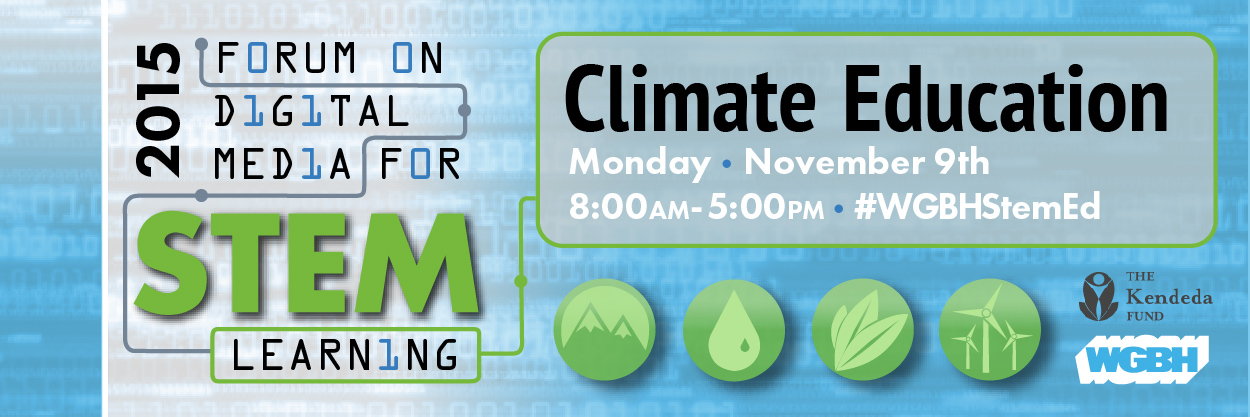Strand 1: Standards and Storylines in Climate Education
The narratives in Climate Education are continually evolving, most recently in response to the
release of the new Framework for K-12 Science Education and Next Generation Science
Standards. This Framework addresses research into learning progressions, which, “describe both how students’ understanding of [an] idea matures over time and the instructional
supports and experiences that are needed for them to make progress” (NRC, 2012). This strand explores student understandings of human impacts on Earth’s systems, and their capacity for designing mitigation strategies and more resilient communities.
Strand 2: Emerging Platforms and Products in Climate Education
Digital scientific data is emerging as a new form of media. Products and platforms that leverage this data are in a position to revolutionize climate education by providing new insights—and
enabling new stories—about the Earth’s climate system and the impact that humans are having on it. But availability of digital data doesn’t mean increased accessibility, especially to younger audiences and for use in educational settings.
This strand explores the climate data landscape, examining digital tools that are being deployed specifically for instructional purposes. Panelists will focus on emergent research or evaluation findings that hold particular promise for climate education in K-12 and formal education
settings.
Strand 3: New Modes of Engagement
The presence and integration of new digital tools into educational contexts are enabling new modes of engagement around the Earth’s climate. From connecting via social media, to the STEAM movement and distributed data collection that cuts across continents, this panel
explores new modes of engagement that are opening up the possibilities for authentic
engagement—and student action—around local climate issues.
